Ever found yourself at the grocery store, ready to check out, and suddenly a pack of gum, a magazine, or some cool sunglasses catch your eye? Guess what – you’ve been hit with point of sale advertising!
It’s like they knew you were a sucker for minty freshness or celebrity gossip. But really, there’s a lot more to it.
What is Point of Sale Advertising?
Point of Sale (POS) advertising, a cornerstone of POS marketing strategy, is an effective sale marketing approach used predominantly in brick and mortar stores. This method utilizes various POS displays, including digital signage and free standing displays, to enhance customer engagement and ultimately boost sales. As a key component of in-store marketing campaigns, POS display advertising strategically positions items like sale merchandise or new products at checkout areas, cash registers, or other prominent retail store locations.
The essence of POS and POP displays lies in their ability to engage customers during their retail journey, especially in high-traffic areas like the POS counter or near self-service kiosks. These displays can range from traditional sale displays to innovative digital screens, each designed to draw attention and encourage impulse purchases. In grocery stores or your local grocery store, for instance, POS displays might feature popular items like Coca-Cola, placed in dump bins or on end caps to maximize visibility.
Digital POS marketing campaigns extend beyond the wall space of physical store, integrating with online platforms like social media pages and email marketing campaigns. Digital displays, often seen as pop-up ads or banners on a website, mirror the physical experience of POS advertising, guiding customers towards making a last-minute purchase decision.
Interactive elements like QR codes on POS stands or shelf talkers further personalize the experience, catering to the preferences of brand shoppers and helping improve brand awareness. These strategies not only drive sales but also create a dynamic retail environment, turning every point of sale or point of purchase into an opportunity to increase sales and attract new customers.
POS advertising, a pivotal point of sale marketing tool, leverages the power of placement, digital and physical displays, and consumer psychology in both the digital and physical retail sectors to enhance the shopping experience, encourage spontaneous purchases, and ultimately boost sales for retail businesses.
What is the Psychology Behind the Point of Sale Advertising?
Alright, let’s dive into the mystery that is the human mind.
The effectiveness of point of sale advertising isn’t just down to the location or the flashy product displays—it’s also all about psychology! But don’t worry, we’re not talking about Sigmund Freud here, just some basic principles that play into our purchasing decisions.
First off, let’s discuss the ‘impulse buy.’
The concept might not be new to you; it’s the unplanned decision to buy a product just before purchase. We’ve all been there. But have you ever stopped to think why? What triggers that impulsive behavior?
This is where the psychology behind POS advertising comes into play. The idea is to tap into your impulse buying behavior at the exact moment when you’re ready to make a purchase. This works because, at this moment, your mental defenses are down—you’re focused on completing the transaction and are more susceptible to making additional unplanned purchases.
Next, consider how human beings are visual creatures.
We’re wired to respond to visual stimuli, and this is something POS advertising exploits. Displays at checkout counters are often colorful, appealing, and placed at eye level, capturing our attention and engaging our interest. Coupled with our natural curiosity, this visual attraction makes us more likely to pick up an additional item.
Ever wondered why you find it hard to resist a good deal or a discount? It’s due to what psychologists call the ‘Fear of Missing Out‘ or FOMO. When we see a limited-time offer or an exclusive discount at the checkout counter, our FOMO kicks in, compelling us to take advantage of the offer before it’s too late.
Another key psychological principle is the ‘pleasure principle.’
This is the instinctive drive to seek pleasure and avoid pain. By strategically placing products that promise immediate gratification, like chocolates or magazines, POS advertising leverages this principle, tempting us to give in to the promise of immediate pleasure.
Then, there’s the ‘scarcity principle.’
Ever noticed how products at the checkout are often in limited quantities? This is to create a sense of urgency. We’re more likely to buy something if we think it’s scarce or about to run out.
Lastly, POS advertising takes advantage of social proof—the idea that we’re more likely to do something if we see others doing it. That’s why you’ll often find best-selling books, popular snacks, or trendy accessories at the checkout.
Point of Sale vs. Point of Purchase Advertising
They might seem similar, but there are important distinctions to keep in mind. Understanding these two concepts is crucial for effective marketing strategies in the retail sector.
Point of Sale Advertising
Point of Sale (POS) advertising is a targeted marketing approach focusing on the checkout area – the critical point where customers pay. In physical stores, this often happens at the cash register or POS counter, while in online retail, it’s the final screen before confirming a purchase. POS marketing strategies aim to entice customers into making impulse purchases at this crucial juncture. Tactics include the use of POS displays, such as digital screens or free-standing displays strategically placed at the checkout line, to draw attention to sale merchandise or encourage last-minute add-ons.
Point of Purchase Advertising
Point of Purchase (POP) advertising encompasses a broader scope, aiming to engage customers throughout their entire shopping experience in a store or on a website. This approach uses various marketing displays, including pop displays and digital signage, to influence customers’ purchase decisions from the moment they enter a grocery store or land on a social media page. POP display advertising can involve in-store promotions using dump bins or shelf talkers, interactive elements like QR codes on POS stands, or digital displays offering product recommendations and customer reviews online. These strategies are designed not just for boosting sales but also for improving brand awareness and customer engagement in the overall retail environment.
Both POS and POP advertising play crucial roles in a comprehensive POS marketing campaign, using different techniques to draw customers, increase sales, and enhance the overall effectiveness of in-store and online marketing campaigns.
Making Sense of It All
So, how can we understand these two types of advertising in relation to each other? It might help to think of POS as a subset of POP advertising. While POS strategies focus narrowly on that final moment of decision-making at the checkout, POP encompasses a broader range of tactics designed to influence your purchase decisions throughout your shopping experience.
The takeaway here? Both types of advertising are critical to an effective retail strategy. POP grabs your attention and influences your buying decisions throughout your shopping journey, while POS swoops in at the end to encourage those spontaneous, last-minute purchases.
Who Implements Point of Sale Advertising?
Now that we’re well-versed in what POS advertising is and its psychology let’s dive into who exactly is behind these tactical decisions.
In the broadest terms, two major parties are involved: the retailers and the brands.
Brands
The story begins with the brands. These are the companies that create and market the products we end up buying. Brands often develop their own POS advertising materials to promote their products. This could be anything from designing eye-catching product packaging to creating elaborate display stands for their products.
Brands are also the ones who typically offer special promotions or discounts to incentivize purchases. Ever notice those “Buy 2, Get 1 Free” offers or “20% off” stickers on certain products? That’s the work of the brand, aiming to increase the sales of their products.
Retailers
Then there are the retailers. These are the folks who own the physical or digital spaces where the transactions take place. They are supermarkets, boutiques, e-commerce websites, and other outlets where we shop.
Retailers are key players in POS advertising as they control the space where these strategies are implemented. They decide where and how the brand’s advertising materials are displayed in their stores. They analyze customer behavior and traffic patterns to strategically place products and promotional materials for maximum impact.
For example, if a retailer notices that a particular aisle attracts a lot of customer traffic, they might place a brand’s promotional display there to increase visibility. They also manage the checkout areas where those last-minute impulse purchases happen.
Collaborative Efforts
Implementing POS advertising often involves a partnership between brands and retailers. The brands provide promotional materials, and the retailers provide optimal placement within their stores. This collaboration allows for the most effective execution of POS advertising strategies.
Moreover, brands and retailers increasingly utilize data analytics to optimize their POS advertising efforts. This involves analyzing customer shopping behavior, product performance, and other relevant data to make informed decisions about where to place products, what offers to run, and how to design the most compelling displays.
7 Effective Point of Sale Advertising Tactics and Examples
Now that we’ve tackled the ‘what,’ ‘why,’ and ‘who’ of POS advertising, it’s time for the fun part – the ‘how!’ Let’s dig into seven effective POS advertising tactics and examples that have proven to hit the mark.
1. Eye-Catching Displays
Humans are visual creatures, and attractive displays can turn heads and attract customers. The vibrant pyramid of soda cans, the neatly arranged stack of books, and the tempting display of chocolates at the checkout are all strategic and designed to draw your attention. These visual cues can spark interest and evoke emotions that influence purchase decisions.
Example: Lush Cosmetics
Lush Cosmetics is famous for its bold, vibrant in-store displays. Bath bombs are piled high in produce-style displays, and the colorful array of products is often the first thing customers see as they walk into the store. It’s visually appealing, engaging, and encourages hands-on exploration of their products.
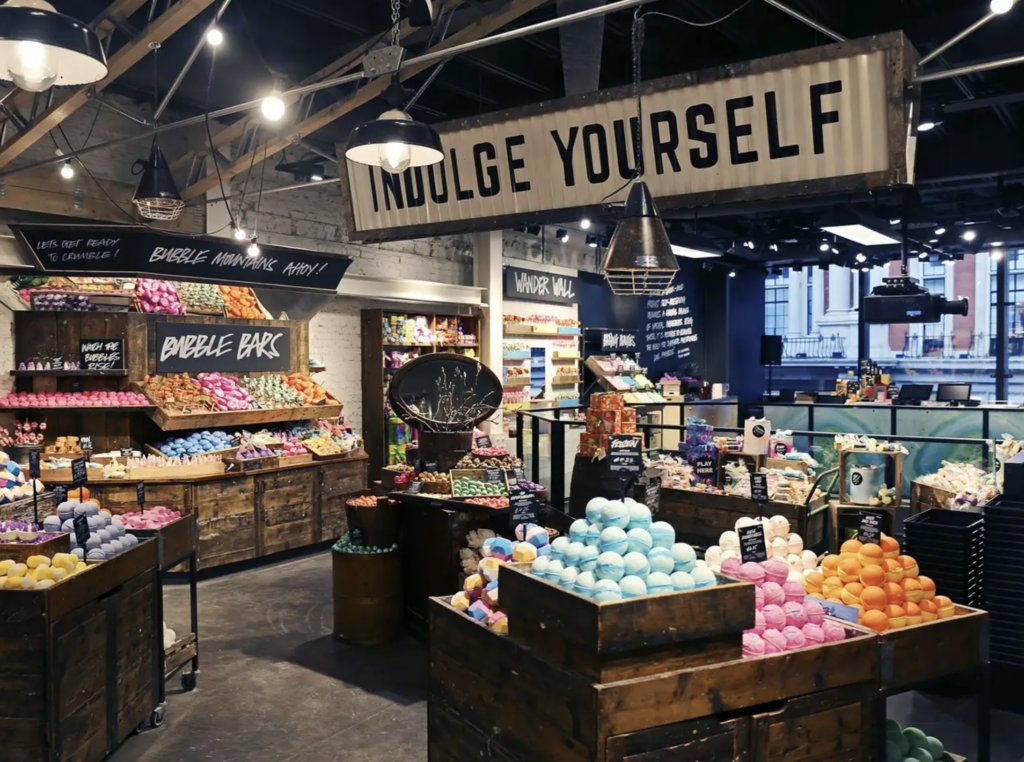
2. Strategic Product Placement
Location, location, location – it’s not just for real estate! Strategic product placement at high-traffic areas and checkout counters can make a big difference. These locations give products maximum visibility and increase the likelihood of impulse purchases.
Example: IKEA
IKEA is a master of strategic product placement. Its showroom layout guides customers along a predetermined path through various home setups. Along this path, small, inexpensive products (like candles or napkins) are placed within easy reach for spontaneous add-ons to the shopping cart.

3. Limited-Time Offers
Creating a sense of urgency with limited-time offers can motivate customers to buy a product. These promotions give customers the feeling that they’re getting a special deal, and the time limit encourages immediate action.
Example: Starbucks
Starbucks excels at creating a sense of urgency with its limited-time offers. Their seasonal drinks like the Pumpkin Spice Latte or the Peppermint Mocha, available only for a short period each year, generate buzz and drive customers to make purchases before the offer ends.
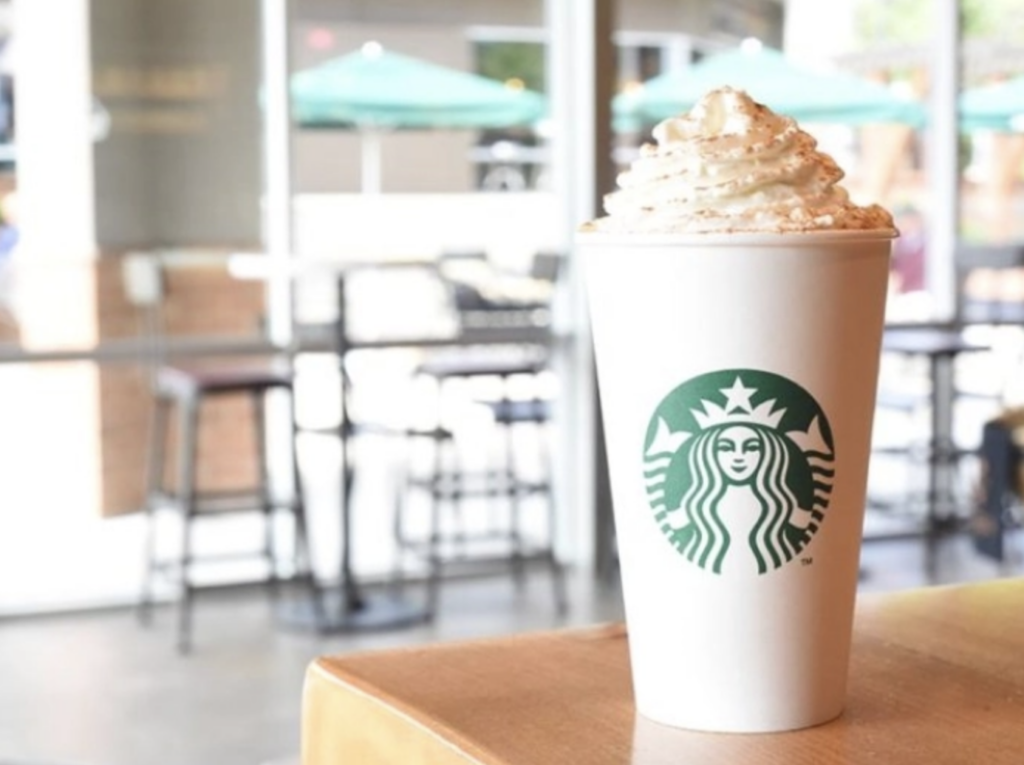
4. Bundling
Bundling involves selling multiple products together for a lower price than if bought separately. It offers customers value and can help businesses move more products.
Example: Microsoft
Microsoft often bundles its software products together, offering packages like Office 365 suite, which includes Word, Excel, PowerPoint, and more, for a lower price than buying each software individually. This value proposition encourages customers to purchase the bundle.
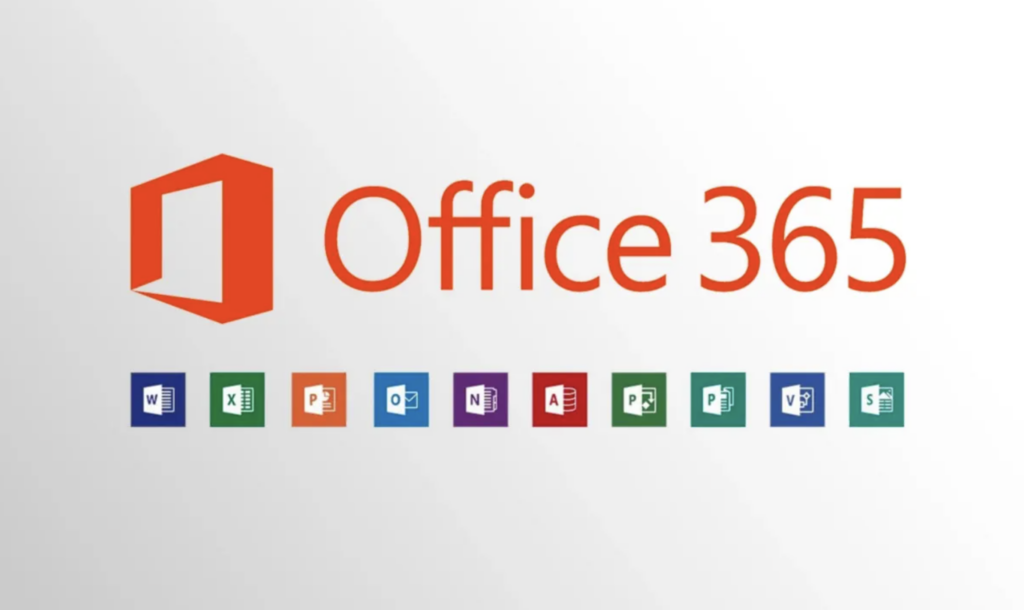
5. Sampling or Trials
Letting customers try before they buy can boost sales. Samples or trials reduce the perceived risk of purchasing a new product and can create a sense of reciprocity, making customers more likely to purchase.
Example: Sephora
Sephora, a leading beauty retailer, has a successful sampling strategy. In their stores, customers are encouraged to try makeup and skincare products with the help of store associates. Online, Sephora offers free samples with every purchase, allowing customers to try new products risk-free. This strategy not only helps customers find products that work for them but also introduces them to items they might not have otherwise considered.
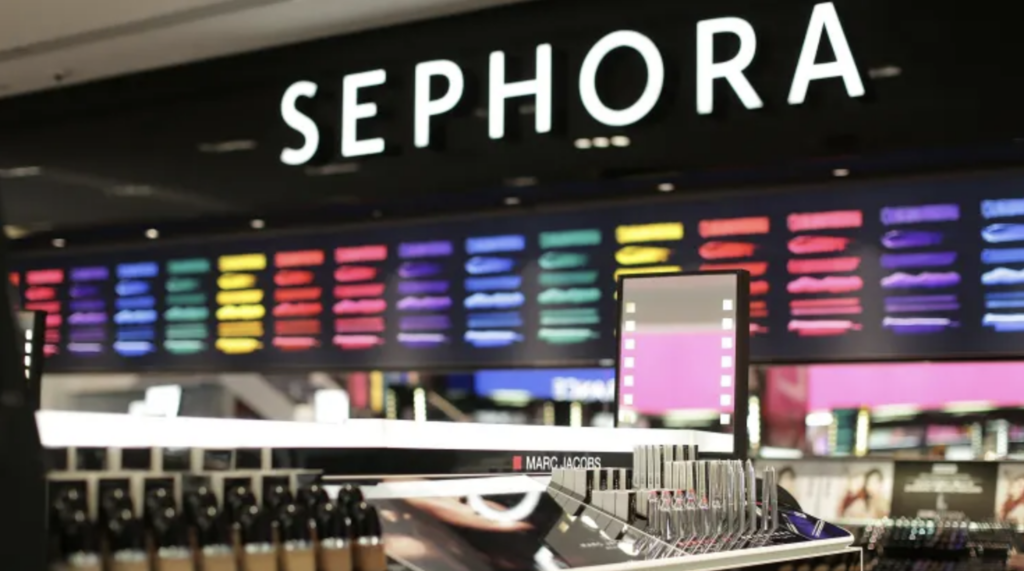
6. Cross-Selling
This involves promoting related or complementary products. Cross-selling can encourage customers to spend more by showcasing additional items that enhance the value or use of their main purchase.
Example: Amazon
Amazon’s online platform is expertly designed for cross-selling. When you view a product, you’ll often see a “Customers who bought this also bought…” section, showcasing related or complementary products to encourage additional purchases.
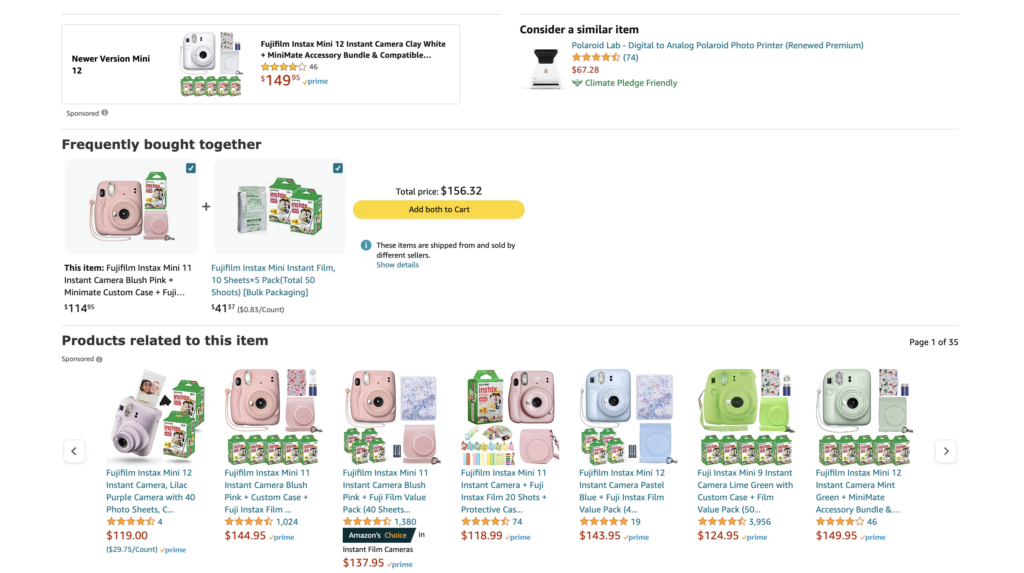
7. Upselling
Upselling involves promoting a more expensive item or upgrading the item the customer plans to buy. It’s a strategy to increase the value of the customer’s purchase.
Example: Apple
Apple uses upselling tactics when they launch new versions of its products. When customers consider a purchase, Apple highlights the features of the newer, more expensive models, promoting the benefits of upgrading.
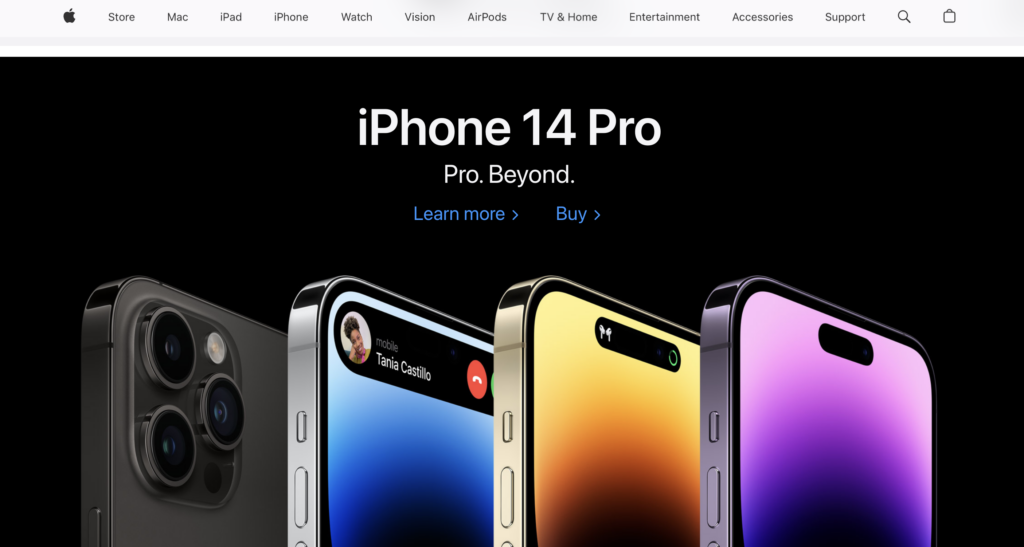
Each of these tactics is a tool in the POS advertising toolkit, and brands and retailers often use them in combination to effectively promote products and entice customers. Remember, the ultimate goal is to create a win-win situation – a good deal for the customer and a sale for the business. So, next time you’re out shopping, keep an eye out for these tactics in action!
What’s Next?
Planning, measuring and reporting on advertising campaigns both online and offline is important for the success of your campaigns. Now, you might wonder, “How can I effectively plan, measure, and report on my campaigns?” Well, that’s where our media management platform – Mediatool comes into the picture!
Mediatool is designed to help you manage your advertising campaigns from start to finish. It lets you plan campaigns, track results, and generate comprehensive reports. It’s like having a personal assistant for your advertising efforts – especially now since we’ve just launched our new AI Assistant.





